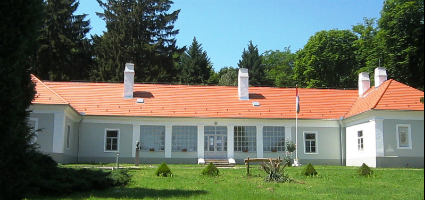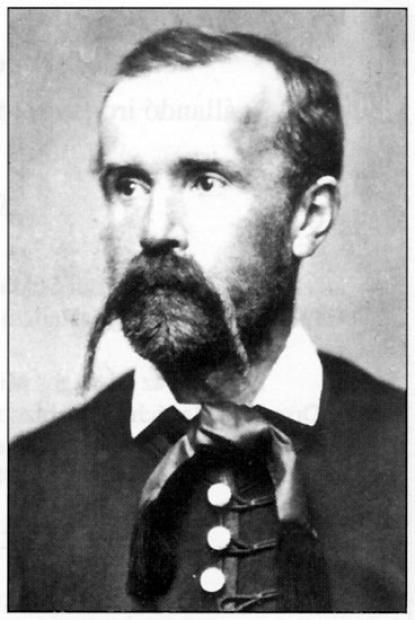2024. April 25. Thursday
Imre Madách Memorial Museum - Csesztve
 |
Address: 2678, Csesztve Kossuth L. u. 7.
Phone number: (35) 344-319, (20) 484-3090
E-mail: madachemlekhaz@gmail.com
Opening hours: Tue-Fri 10-14, Sat 10.00-14.00, Sun: on prior notice
|
Museum tickets, service costs:
|
Ticket for adults
|
1000 HUF
|
|
|
Ticket for students
|
300 HUF
|
|
|
Ticket for pensioners
|
500 HUF
|
Since the Madách Memorial Museum is the only one of the kind in Hungary, the exhibition involves many different purposes: it traces back the history of the Madách-family, recalls the era and gives a wide-range picture of the life and art of Imre Madách. The artwork - The tragedy of man - is in the center of all this. The exhibition represents the significance of the poem in the world literature and displays some artworks inspired by the poem.

The life of Imre Madách could be faithfully presented through documents, pictures and manuscripts. These documents give positive evidence that Imre Madách was not an ill-deseased, life alien and reserved writer. The Csesztve exhibition represents the struggling and enthusiastic man.
The outstanding works of the author are displayed in the biggest room. In the middle of the room we can see the fac simile copy of the oroóiginal manuscript. Around it in a semi circle the structure of the poem is being recalled by the fine art works of Mihály Zichy and János Kass.
Madách Imre was elected into the Kisfaludy Society in 1862, and into the Hungarian Scientific Academy in 1863. The poem has been translated into more then thirty languages. So far it has been published in Hungary over a 100 times. Some interesting versions are displayed at the exhibition.
The theatrical life of the poem began in September 1883. The performance was directed by Ede Paulay. The exhibiton follows up the theatrical history of the poem in chronological order. It also refers to the opera and puppet performances and their foreign equivalents.
The final thought of the exhibition is summed up by the works of such famous artists as Béla Kondor, Gyula Feledy, Ferenc Czinke, Sándor Badacsonyi, András Farkas, Ádám Würtz, Gábor Pásztor and Tamás Hibó.

The life of Imre Madách could be faithfully presented through documents, pictures and manuscripts. These documents give positive evidence that Imre Madách was not an ill-deseased, life alien and reserved writer. The Csesztve exhibition represents the struggling and enthusiastic man.
The outstanding works of the author are displayed in the biggest room. In the middle of the room we can see the fac simile copy of the oroóiginal manuscript. Around it in a semi circle the structure of the poem is being recalled by the fine art works of Mihály Zichy and János Kass.
Madách Imre was elected into the Kisfaludy Society in 1862, and into the Hungarian Scientific Academy in 1863. The poem has been translated into more then thirty languages. So far it has been published in Hungary over a 100 times. Some interesting versions are displayed at the exhibition.
The theatrical life of the poem began in September 1883. The performance was directed by Ede Paulay. The exhibiton follows up the theatrical history of the poem in chronological order. It also refers to the opera and puppet performances and their foreign equivalents.
The final thought of the exhibition is summed up by the works of such famous artists as Béla Kondor, Gyula Feledy, Ferenc Czinke, Sándor Badacsonyi, András Farkas, Ádám Würtz, Gábor Pásztor and Tamás Hibó.
